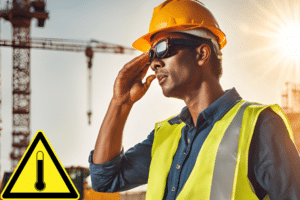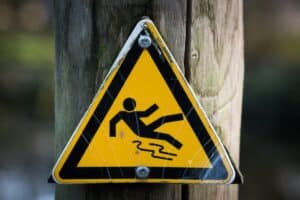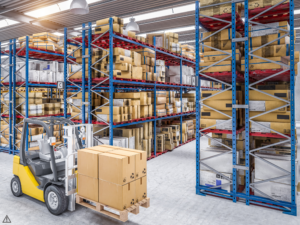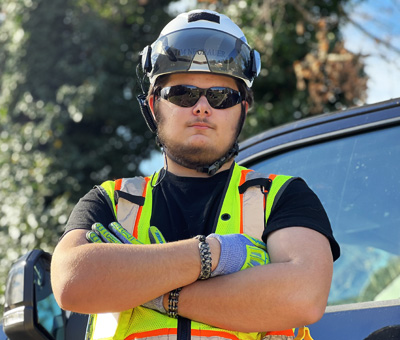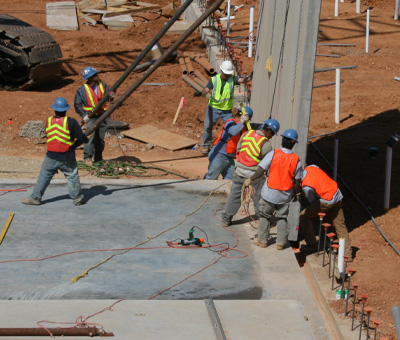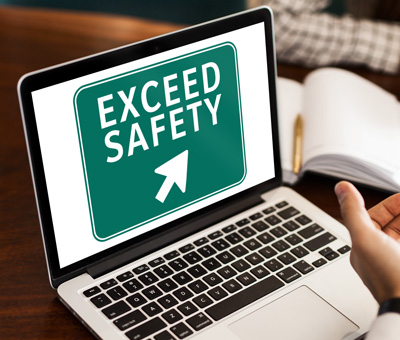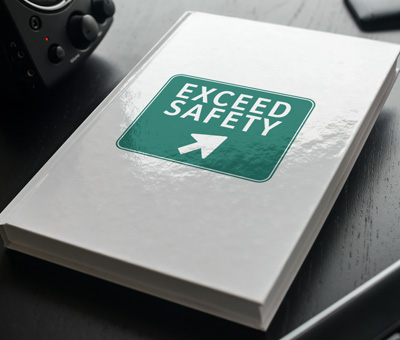The construction sector is undergoing a significant transformation, propelled by the integration of Artificial Intelligence (AI). This integration is not merely an addition to the toolbox; it is a revolutionary force that is reshaping the planning, execution, and conception of construction projects.
Current AI Applications Enhancing Construction
The adoption of AI in construction, once slow, is now accelerating, offering a broad spectrum of applications that enhance project efficiency and precision. For instance, AI-driven predictive analytics are forecasting project timelines and budgets with unprecedented accuracy, while AI-powered robots and drones undertake on-site tasks, elevating both efficiency and safety.
Project management benefits greatly from AI, with algorithms predicting delays or cost overruns, thus enabling more proactive project oversight. Additionally, AI is revolutionizing resource allocation and workforce scheduling, ensuring optimal use of available resources.
In design and planning, AI-integrated Building Information Modeling (BIM) tools are streamlining architectural and engineering tasks, significantly reducing planning phase durations. These advancements facilitate real-time collaboration among stakeholders, ensuring cohesive project development.
On construction sites, autonomous machinery, such as bulldozers and drones, are being deployed for various tasks, including site surveying and material handling. This not only mitigates human risk in hazardous conditions but also enhances site safety.
AI’s Role in Improving Safety and Efficiency
The integration of AI in construction extends to improving safety standards. AI-powered wearable technologies and drones are monitoring sites for potential hazards, while predictive safety features are preemptively identifying accident risks, substantially reducing workplace incidents.
Moreover, AI’s influence on project efficiency cannot be overstated. From optimizing schedules to recommending the best times for specific activities based on external factors like weather, AI is minimizing disruptions and enhancing project timelines. Additionally, AI contributes to sustainability by optimizing material usage and reducing waste, aligning with global environmental responsibility goals.
Navigating Challenges for AI Integration in Construction
Despite the promising advancements, integrating AI into construction faces several challenges. The complexity of AI systems requires significant R&D investment and an in-depth understanding of construction processes. Moreover, the need for high-quality, consistent data collection is paramount, as AI’s effectiveness heavily relies on the accuracy of input data.
Integrating AI with legacy systems presents another hurdle, necessitating substantial updates or replacements. Furthermore, the construction sector’s AI skills gap demands targeted training and recruitment strategies to ensure the workforce can effectively leverage new technologies.
Privacy and security concerns also loom large, with increased data collection raising the stakes for safeguarding sensitive information against cyber threats.
The Future of AI in Construction
Looking ahead, AI’s potential in construction seems boundless. We anticipate advancements in AI-driven design tools capable of autonomously creating comprehensive building designs, considering environmental impacts, material efficiency, and structural integrity. Predictive maintenance of construction equipment, powered by AI, promises to reduce downtime and maintenance costs significantly.
The future also holds promise for enhanced construction safety through advanced risk assessment and real-time health monitoring via AI-integrated wearables. Furthermore, AI’s role in promoting sustainability and green construction practices is expected to expand, optimizing resource utilization and facilitating the design of energy-efficient buildings.
Conclusion: Embracing the AI Revolution in Construction
The integration of AI in construction is a testament to the transformative power of technology. While challenges remain, the industry’s dedication to overcoming these obstacles is clear. The future of construction with AI promises not only smarter, safer, and more efficient project execution but also a commitment to sustainability and innovation.
As the construction industry stands on the brink of this new era, the synergy between AI and human expertise is set to unlock remarkable achievements. The focus now shifts to intelligently and sustainably constructing the future, leveraging AI not just as a technological achievement but as a cornerstone for building the world of tomorrow.
Rising Temps, Rising Safety Concerns: OSHA’s New Heat Standard
In recent years, there has been growing concern about extreme heat and its impact on workers’ health. In response, the Occupational Safety and Health Administration (OSHA) released a proposed rule with the goal of protecting millions of workers from the the significant health risks of extreme heat. If finalized, OSHA’s new heat standard would help…
Continue Reading Rising Temps, Rising Safety Concerns: OSHA’s New Heat Standard
Whoopsie! Tackling Distractions to Prevent Slips, Trips, and Falls
According to Injury Facts®, falls to the same level are one of the leading causes of preventable workplace injuries. Distractions while walking are a significant contributor to these incidents. Understanding and addressing these distractions can help prevent slips, trips, and falls. In 2022, 865 workers died in falls, and hundreds of thousands were injured badly…
Continue Reading Whoopsie! Tackling Distractions to Prevent Slips, Trips, and Falls
Forklift Safety: Understanding Refresher Training Requirements
In many workplaces, forklifts are indispensable tools, streamlining operations and significantly enhancing productivity. However, these powerful machines also pose serious risks if not operated correctly. Ensuring that forklift operators are well-trained and periodically refreshed on safety protocols is crucial for maintaining a safe workplace. The Occupational Safety and Health Administration (OSHA) provides clear guidelines under…
Continue Reading Forklift Safety: Understanding Refresher Training Requirements

